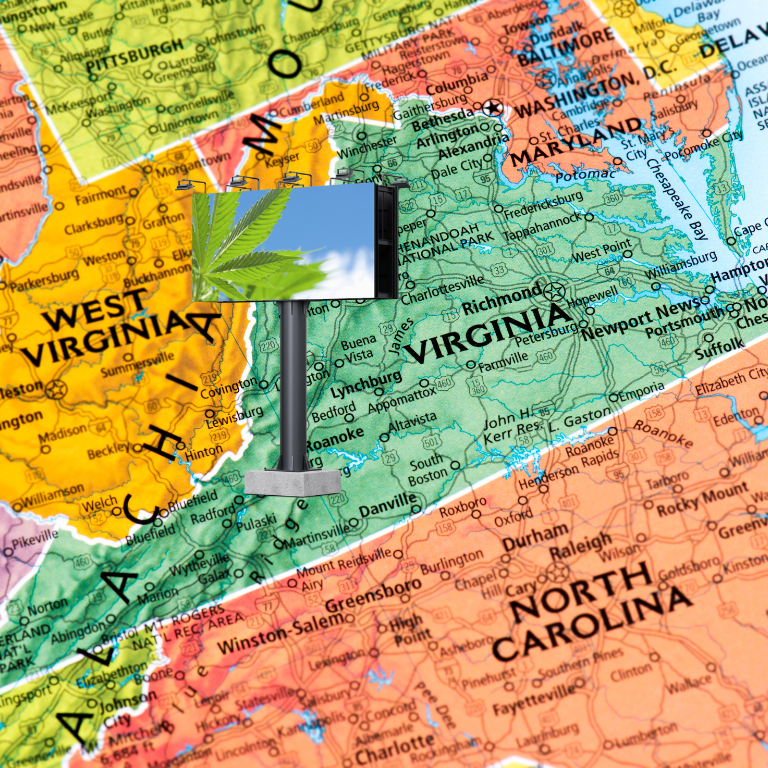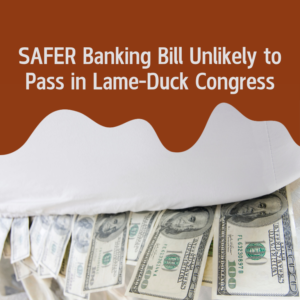Revamping Virginia’s Regulated Cannabis Market: Key Solutions

Virginia’s Adult-Use Cannabis Market: From Potential to Political Gridlock
Virginia’s adult-use marijuana market, which was approved by voters in 2021, was once viewed as a beacon of potential for cannabis reform. The market was slated to launch on January 1, 2024, but political and regulatory hurdles have stalled its progress. As a result, Virginia remains a medical-only state, with significant gaps in its marijuana infrastructure.
Limited-License Market Issues
The Virginia Department of Health regulates the state’s medical marijuana market, issuing licenses to pharmaceutical processors in each of the five Health Service Areas (HSAs). Each processor is permitted to operate up to six dispensaries within its HSA, necessitating vertical integration. However, this model has faced challenges, and the state has struggled to meet its goals.
According to a recent state-funded survey, only half of the 476 medical marijuana patients polled live in a county with a dispensary. Despite a legal allowance for 30 medical marijuana retailers, there are currently just 21 active dispensaries. The most recent processor license was awarded to Ayr Wellness, filling a gap in HSA I, which includes over 1.5 million residents. This license, previously held by PharmaCann Virginia LLC and later MedMen, had remained inactive for years, reflecting systemic issues in the market.
Barriers to Market Access
A study commissioned by the Virginia House of Delegates’ Health, Welfare, and Institutions Committee highlights several barriers plaguing the state’s medical marijuana market:
High Prices: Medical cannabis in Virginia is significantly more expensive than in neighboring states. A gram of flower costs around $14 in Virginia, compared to $8.73 in Washington, D.C., and $9.27 in Maryland.
Access Issues: Two-thirds of medical cannabis patients cited high costs as a barrier to access. Additionally, 12% reported traveling to neighboring states for cannabis, while 57% grow their own.
Illicit Market: 90% of patients obtain cannabis from non-regulated sources, with the majority turning to the illicit market. Only 23.6% of cannabis purchased by patients in the past month came from licensed dispensaries.
Low Enrollment: Patient registration in Virginia is only 0.5% of the state’s population, despite relatively low barriers to entry.
The study also noted that the state’s current regulatory framework, including the limited number of dispensaries and the lack of competitive pricing, hampers the success of licensed operators.
Recommended Reforms
To address these challenges, the study proposes several key reforms:
New Licensing Models: Introducing standalone licenses for cultivation, manufacturing, and dispensing, and allowing operators to hold multiple licenses would lower barriers to entry and promote efficiency through permissive vertical integration.
Removal of HSA Structure: Eliminating the HSA structure could further facilitate market improvements and allow for more flexible operations.
Encouraging Competition: Greater competition within the market could drive down prices and increase consumer participation in the regulated market.
Market Opportunities and Taxation
Research from Whitney Economics suggests that competitive pricing in the legal market requires a balance between supply and moderate taxation. Consumers are more likely to engage with the legal market if prices are within 10%-15% of illicit market rates. Virginia’s current tax structure includes only a 5.3% sales tax. Adding an excise tax while keeping total taxation at or below 10% could further incentivize consumers to choose regulated products over illicit ones.
For Virginia’s cannabis industry to realize its full potential, significant reforms are necessary. By expanding the supply chain, lowering barriers to entry, and adjusting taxation, Virginia could revitalize its cannabis market, enhance consumer access, and increase state revenue. Whether through reforming the medical marijuana market or advancing adult-use legalization, addressing these issues is crucial for the future of Virginia’s cannabis industry.











